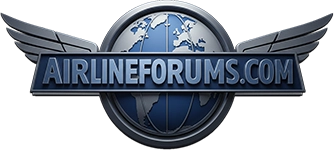<_< ------- Question FW? -------Does that figure of $600 mill. include Management's compensation packages? If so, what percentage of that number is attributed to them?----- If not, why not?
I have no idea, but I'd guess it's zero. Why? Arpey, Horton and Brundage have repeated that $600 million figure as a "labor cost" disadvantage, not a managment cost disadvantage. Don't get me wrong: there may be a management cost disadvantage, but they are in complete control of that brick if it exists. I really doubt the guys who calculate this for a living would include expensive management when making excuses to Wall Street analysts about why AA showed a loss in the second quarter despite profits at every other airline.
Let's assume, though, for purposes of discussion, that the brick does include bloated management pay. The $600 million labor cost disadvantage would contain some management expense if AA's management cost more than DL's management or UA's management. In 2009, according to Bob Herbst ( www.airlinefinancials.com ), AA's management wages and salaries were $78 million (very little PUP/PSP payouts occurred). So if DL or UA management worked for free (which they don't), then management wages would comprise, at most, $78 million of the $600 million.
According to Bob Herbst, DL/NW management wages in 2009 were $126 million, much higher than AA's $78 million even when adjusted for relative size. UA + CO management wages for 2009 (before they combined) were $59 million, cheaper than AA's management and significantly cheaper than DL + NW, both in absolute terms and as adjusted for relative size of airlines. So AA's management expense appears to be in the middle of the pack, cheaper than one and more expensive than the other. That tells me that management expense doesn't explain AA's labor cost disadvantage.
If AA's management worked for free, that would have saved $78 million last year. That amount could fund a $0.54/hr raise, on average, for every AA mainline employee.
